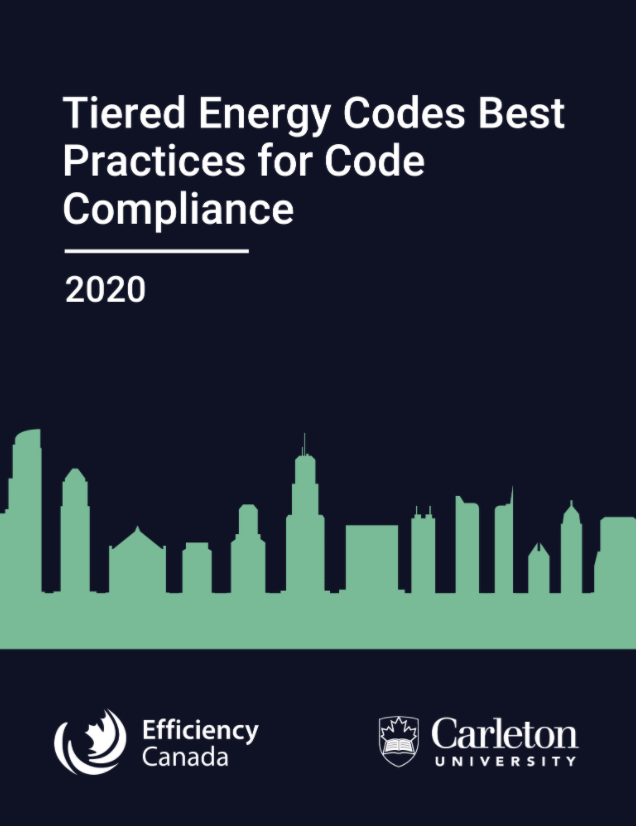
Features
Efficiency Canada outlines challenges with building energy code compliance
Canada’s latest model codes, expected to be released in late 2021, are the first step in the market transformation of the buildings sector, as they introduce a series of increased performance tiers.
September 16, 2020 By Energy Manager Canada

Efficiency Canada, an energy efficiency research and advocacy organization headquartered at Carleton University in Ottawa, has published a new report, “Tiered Energy Codes – Best practices for code compliance”, and within the report the author outlines several barriers existing today to verify that buildings are being constructed to the current energy code.
With the Pan Canadian Framework on Clean Growth Climate Change (PCF) — agreed to by all provinces and territories except Saskatchewan — calling for Net-Zero Energy Ready (NZER) codes by 2030, it’s expected that Canada’s building energy codes will look a lot different and the opportunity exists now to improve compliance practices and verification going forward.
Canada’s latest model codes, expected to be released in late 2021, are the first step in the market transformation of the buildings sector, as they introduce a series of increased performance tiers. The Efficiency Canada report says without early planning and intervention, the compliance regime will be further stressed trying to achieve one of multiple energy tiers in the NZER codes of 2030.
While the federal government drafts national model codes, building codes are established by law in each of the provinces or territories in which the building is being constructed. Compliance with code ultimately falls in the purview of the city or municipality, known as the Authority Having Jurisdiction (AHJ).
“Tiered codes may appear straightforward,” notes report author Andrew Pride, “however, there is a significant amount of work to be done on how to achieve the higher tiers and increasing awareness of the benefits in reaching the higher levels of efficiency those tiers require.”
In addition to calling for the establishment of national energy compliance guidelines and access to provincial/territorial subject matter experts, the report recommends increasing stakeholder training, development of a national compliance database and funding to increase the effectiveness of AHJs in enforcing code compliance.
The discussion paper provides context and recommendations to achieve compliance with upcoming tiered energy codes.
Following are a few research areas that may be considered:
● Jurisdictional Scan – a more exhaustive scan of compliance mechanisms and capacity-building programs, including international jurisdictions, may provide additional insights for incentive or capacity-building programs.
● Consistent Energy Modelling Parameters – developing a common set of energy modelling parameters applicable to common building types may decrease the variability between energy models and increase the ability for AHJs to validate compliance.
● Artificial Intelligence (AI) Options for Compliance – using data analytics and AI to expedite the review and verification processes.
● Identification of Non-Regulated Load Impact on Energy Models – a study to determine how best to bridge the gap between modelled energy use and the actual energy used in buildings.
● Demonstration Projects – profile the AHJs who are tackling tiered energy code compliance as an example for other jurisdictions to follow suit. It would be helpful, and interesting, to document the progress of provinces and municipalities adopting new energy codes and progressing up the performance tiers.
Print this page